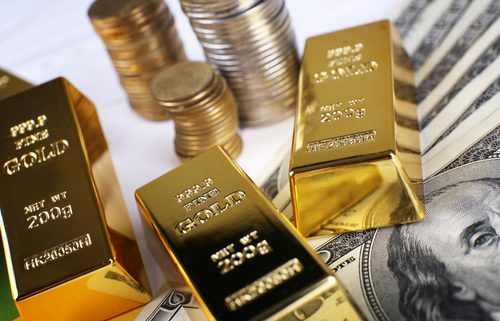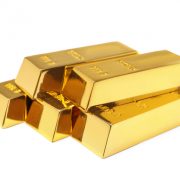Little-Known Rules for Investing in Precious Metals with a Self-Directed IRA
The concept is simple: by holding an alternative asset class like precious metals in a retirement account, investors can hedge against other assets, such as stocks and bonds. But is it really as simple as that? As it turns out, when you use a Self-Directed IRA to hold precious metals—sometimes referred to as a “Gold IRA”—you will want to work through a valid custodian to ensure that you meet the rules.
Why is that? Because there are many lesser-known rules when it comes to precious metals investing with a Self-Directed IRA. These rules are not anything you cannot handle, of course. But it helps to know them before you get started.
Aren’t Gold and Silver Coins “Collectibles”?
If you have read up on Self-Directed IRAs, then you know that certain types of property, including collectibles like art and wine, are not considered valid retirement assets. So why doesn’t this apply to gold and silver?
Actually, it does—in certain circumstances. If you have a collectible silver coin that does not meet the IRS standards for investing within an IRA, it would be considered a collectible. As a piece of personal property, it would not be a valid investment within an IRA.
So, what does constitute a valid silver or gold investment within an IRA? Certain silver, gold, and platinum coins that meet the purity and minting standards of retirement accounts do qualify. For example, gold coins with a purity of 24k or 0.9999 fineness would meet the standard, as would the rare less-pure exception of a 22-karat U.S. Gold Eagle coin.
Sterling silverware, however? It does not meet the purity standards and would be considered a collectible. You can use personal funds to invest in this asset, but not a retirement account.
The Investor and Custodian Relationship
One of the most important things for a Gold IRA investor to do is to work through a custodian. As MarketWatch notes, “the coins or bullion must be held by the IRA trustee or custodian rather than by you as the IRA owner.” In other words, you will need to separate yourself from the physical bullion or coins that you hold within the retirement account. A custodian can help do that for you, administrating the account from a paperwork perspective, and arranging for the proper, lawful storage of these metals.
Investing in Precious Metal ETFs within an IRA
In some cases, investors use IRAs to invest more indirectly in precious metals. One way investors approach this is through using a self-directed brokerage account, in which they place investments in precious metal ETFs.
ETFs, or exchange-traded funds, can sometimes track the performance of precious metals. This is one-way investors might not physically own precious metals but can tie the performance of their retirement account to the prices of precious metals.
However, as MarketWatch notes, it is also important to know which investments of these types will be valid within a retirement account. Said MarketWatch: “the IRS had said that IRAs can buy shares in precious metal ETFs that are classified as grantor investment trusts…” MarketWatch advises investors to review the prospectus of an ETF to get an idea of its tax status.
As a Self-Directed IRA administration firm, American IRA would not provide specific investment advice as to which investments an individual should make. That is up to the individual. But it is important that investors know what the rules require of them, especially in an asset class like precious metals.
Interested in learning more about Self-Directed IRAs? Contact American IRA, LLC at 866-7500-IRA (472) for a free consultation. Download our free guides or visit us online at www.AmericanIRA.com.




